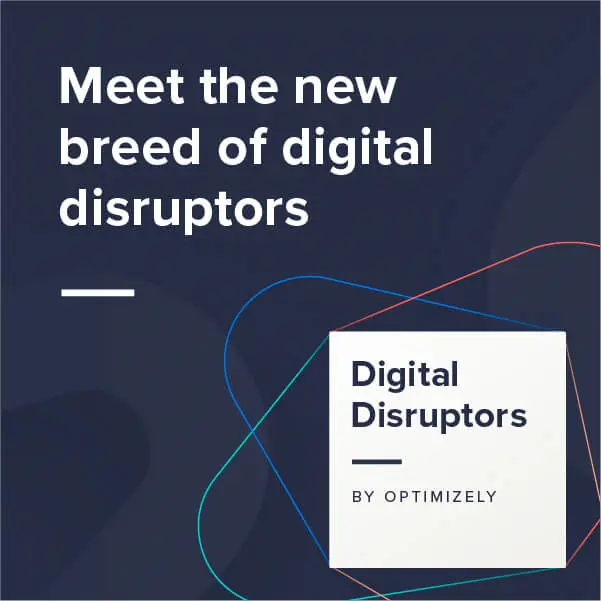Digital disruption drives business growth
Significant advances in technology are transforming how we live, work, and interact with one another.

Sukh Dhillon

They are disrupting the status quo, shaking industries to their cores, and causing companies to reevaluate long-standing business strategies – especially when it comes to the customer experience.
As digital communication channels continue to evolve and customer expectations continue to increase, organizations are at a crossroads. On one hand, this shift presents an entirely new set of challenges; on the other, it represents an unprecedented opportunity to transform customer experiences. Moving forward, these organizations have two choices: stick with what’s comfortable or harness the power of disruption to gain a competitive advantage.
Amid the evolving landscape, a new breed of forward-thinking leaders is choosing to use the latest technology to drive customer-centric innovation and growth across their businesses and industries. These “digital disruptors” are using experimentation as a way to continuously engage with their target audiences, become more agile, and proactively make iterations to refine the customer experience. But embracing disruption is as much about shifting your company’s mindset as it is about leveraging the latest technology.
Evolving Corporate Culture
The first step towards making valuable changes through an experimentation-led approach is recognizing that no process or strategy should be set in stone. At Earnest, a technology-driven financial company aiming to help high-potential individuals achieve their dreams with low-interest loans, Head of Growth Matt Bivons is taking steps to ingrain this into the corporate culture.
According to Bivons, too many companies resist the idea of experimentation because it goes against existing cultural norms or falls outside brand guidelines. When these companies choose comfort level over change, they miss opportunities to more accurately understand customer needs and adapt to expectations. To succeed in this ever-evolving environment, Bivons says organizations need to check preciousness at the door and view their brand as a living, breathing thing.
“The cultural standpoint is a really, really big piece because I believe companies [that put] the brand and brand guidelines on a pedestal will reject a lot of experiments because they’ll say it falls out of the brand’s style guide,” says Bivons. “If your brand is what your customers say it is, which is the definition of a brand; and if you have user-centric designs and the data tells you that this experiment won, then you need to update the style guide.”
Embracing a culture of experimentation allows Earnest to use customer feedback to continuously increase the lifetime value of its products and services. By evaluating conversion rates for each of their customer-facing channels and each stage of the customer journey, Earnest can pinpoint where iterations need to be made and make these iterations in a controlled environment to test their impact. Ultimately, experimentation enables Earnest to focus on being “technology-forward” and continuously optimize their products, services, and brand to meet their customers’ unique needs.
